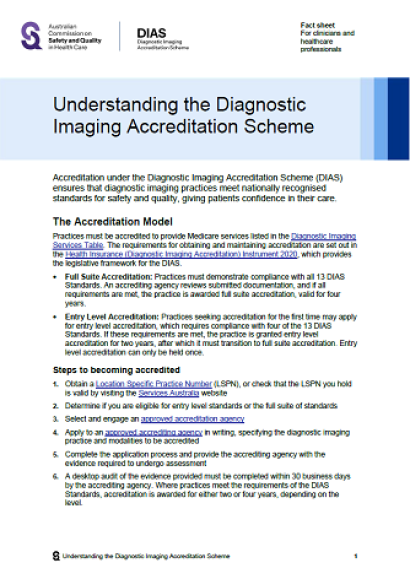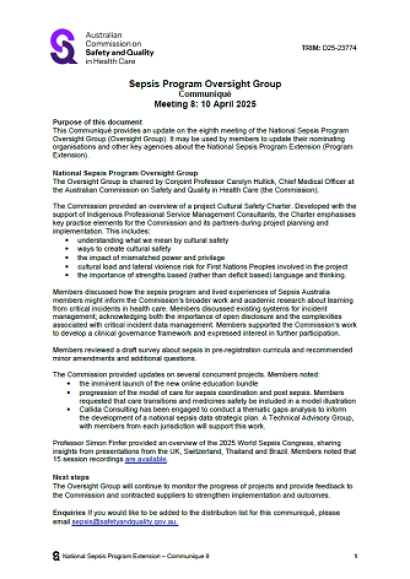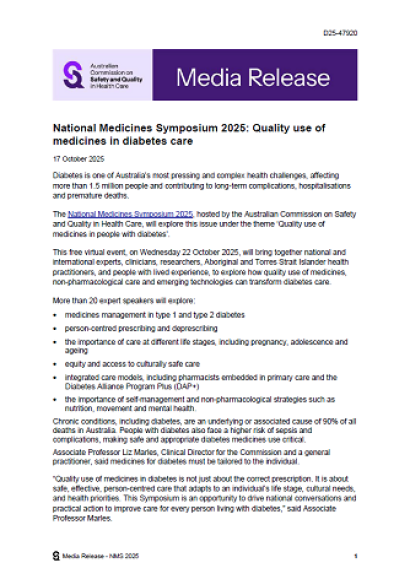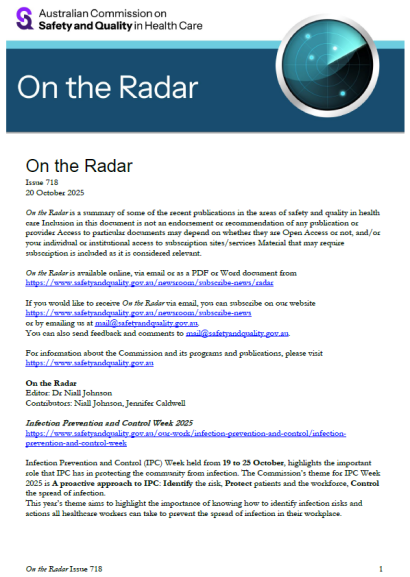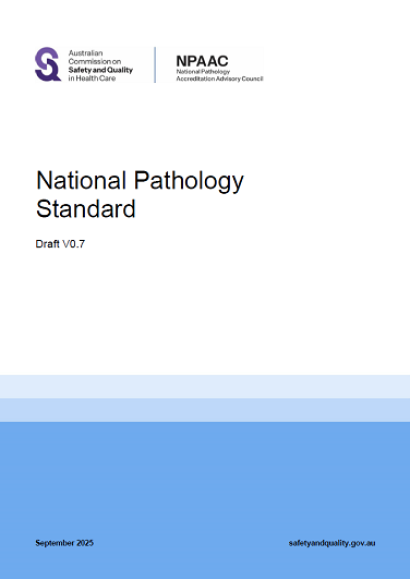Accreditation under the Diagnostic Imaging Accreditation Scheme (DIAS) ensures that diagnostic imaging practices meet nationally recognised standards for safety and quality, giving patients confidence in their care.
Read the Spring 2025 issue of Commission eNews.
This communiqué summarises the final meeting of the National Sepsis Program Extension. It may be used by members to update their nominating organisations and other key agencies about the National Sepsis Program Extension (Program Extension).
This communiqué provides an update on the ninth meeting of the National Sepsis Program Oversight Group (Oversight Group). It may be used by members to update their nominating organisations and other key agencies about the National Sepsis Program Extension (Program Extension).
Diabetes is one of Australia’s most pressing and complex health challenges, affecting more than 1.5 million people and contributing to long-term complications, hospitalisations and premature deaths. The National Medicines Symposium 2025, hosted by the Australian Commission on Safety and Quality in Health Care, will explore this issue under the theme ‘Quality use of medicines in people with diabetes’.
MEDIA RELEASE
The National Medicines Symposium 2025, hosted by the Australian Commission on Safety and Quality in Health Care, will explore this issue under the theme ‘Quality use of medicines in people with diabetes’.
This issue includes items on Infection Prevention and Control Week, antimicrobial resistance, mental health, patient safety investigation, innovation, financial impacts, and more. Along with the latest from Australian Prescriber, Healthcare Quarterly, BMJ Quality & Safety and Health Policy.
The Commission is seeking feedback on the revised National Pathology Standard from the pathology workforce and consumers. The National Pathology Standard has been developed to protect the public from harm and improve the quality of pathology services by describing a nationally consistent safety and quality framework.
The public consultation closes on 8 December 2025.
The countdown is on. In just one week the National Medicines Symposium 2025 will bring together experts and the diabetes community to explore Quality use of medicines in people with diabetes.

